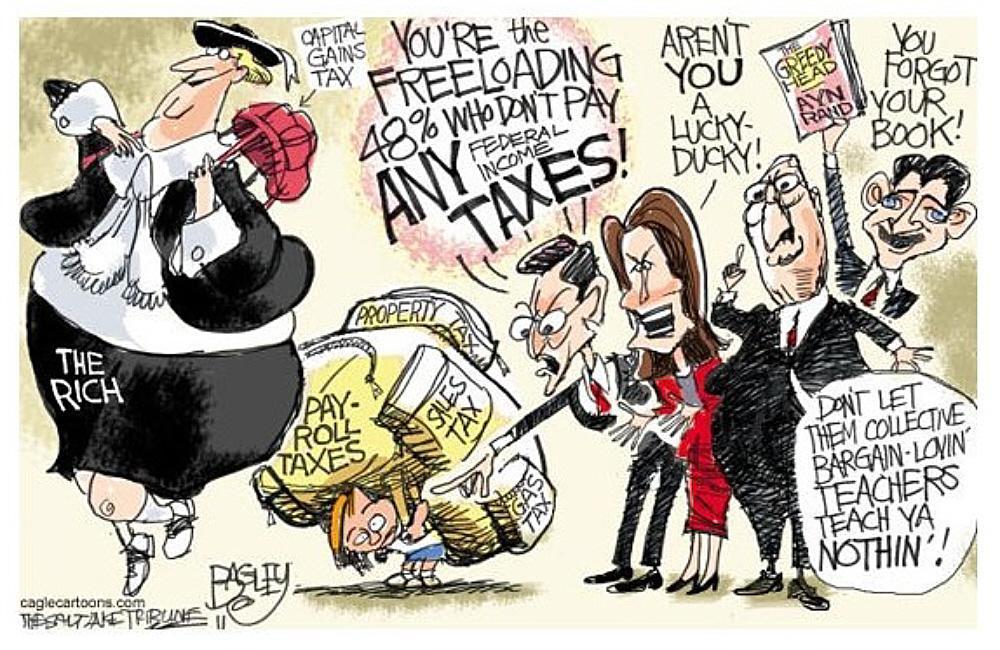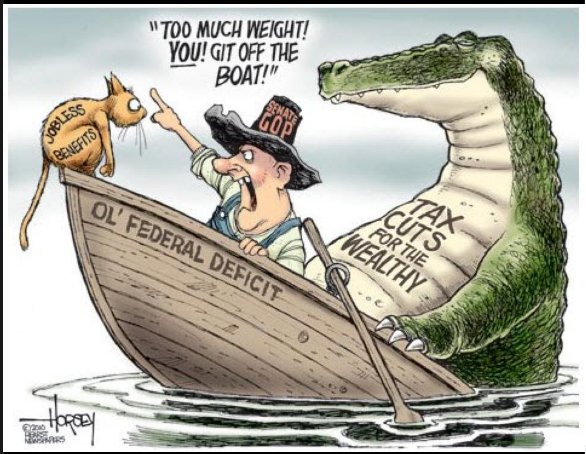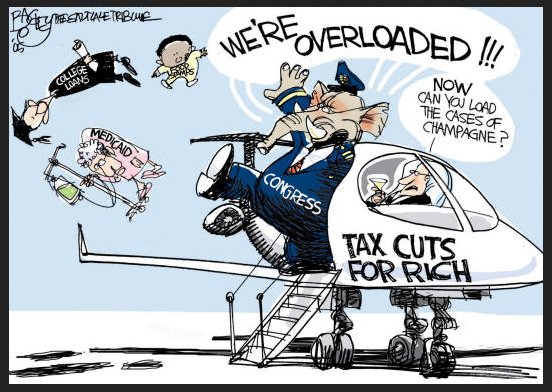

HAVE YOU
EVER BEEN A BENEFICIARY OF
A GOVERNMENT SOCIAL PROGRAM?
YES, YOU PROBABLY HAVE.
Here's what's interesting;
A huge number
of beneficiaries of
Government Social Programs Don't Even REALIZE It.
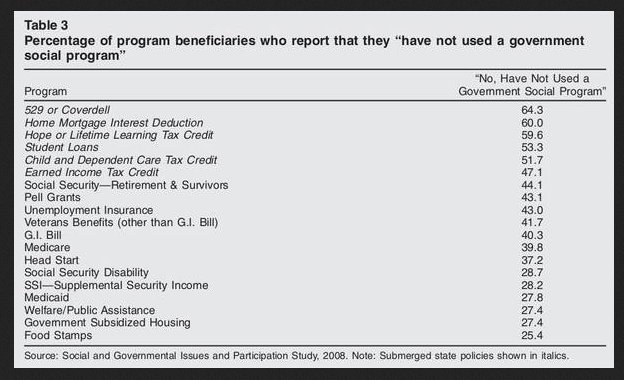
Programs Designed To Help YOU Are At Risk
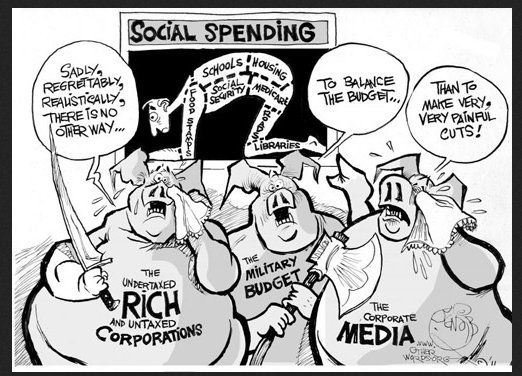
529 or Coverdell (There are a number of ways to save money for your child’s education. Two of the more popular options are a Coverdell Education Savings Account (ESA) and a state-sponsored college savings plan commonly referred to as 529 plans.Both help parents and grandparents accumulate the money needed to pay for a child’s college education.)
Home Mortgage Interest
Deduction-(A home mortgage
interest deduction allows taxpayers who own their homes to reduce their taxable
income by the amount of interest paid on the loan which is secured by their
principal residence (or, sometimes, a second home).
Hope or Lifetime Learning Tax Credit - (There
are two tax credits for higher education. The American Opportunity credit provides
a refundable tax credit of up to $2,500 for undergraduate education. The American
Opportunity Credit is scheduled to expire at the end of 2012. The Lifetime Learning
Credit provides a tax credit of up to $2,000 for any level of college education
(even graduate school), and doesn't require a minimum level of enrollment. However,
the Lifetime Learning Credit has a narrower income range compared to the tuition
deduction.)
Student Loans - (Students
often take out loans to pay for college expenses. Federal
Student Aid Programs are the largest source of college financial assistance,
each year providing billions of dollars in funding through a variety of methods:
as gift aid in the form of grants (money that does not have to be repaid) and
as self-help aid in the form of work study (job earnings) and loans (money that
must be paid back at interest). Interest on student loans may be deductible
up to $2,500 per year. This deduction is gradually phased out as your income
rises).
Child and Dependent Care Tax Credit -(The
Child and Dependent Care Tax Credit provides a credit of between 20 percent
and 35 percent of up to $3,000 ($6,000 for two or more children) of childcare
expenses for children under age 13 whose parents work or go to school. Families
with income below $15,000 qualify for the 35 percent credit. That rate falls
by 1 percentage point for each additional $2,000 of income (or part thereof)
until it reaches 20 percent for families with income of $43,000 or more. The
credit is non-refundable—that is, it can only reduce a family’s income tax liability
to zero; any additional credit is lost. As a result, low-income families who
owe little or no income tax get little benefit from the credit.)
Earned Income Tax Credit - (The
United States federal earned income tax credit or earned income credit (EITC
or EIC) is a refundable tax credit for low- and medium-income individuals and
couples, primarily for those who have qualifying children. When the credit exceeds
the amount of taxes owed, it results in a tax refund to those who qualify and
claim the credit. That is, this credit is refundable. This tax credit is provided,
in part, to offset the burden of social security taxes and to maintain an incentive
to work.)
Social Security--Retirement & Survivors - (In
the United States, Social Security refers to the Old-Age, Survivors, and Disability
Insurance (OASDI) federal program.Social Security, effectively an INSURANCE
POLICY, is an EARNED BENEFIT. It is primarily funded through dedicated
payroll taxes called Federal Insurance Contributions Act tax (FICA).
Tax deposits are formally entrusted to the Federal Old-Age and Survivors Insurance
Trust Fund, the Federal Disability Insurance Trust
Fund, the Federal Hospital Insurance Trust Fund,
or the Federal Supplementary Medical Insurance Trust
Fund which comprise the Social Security Trust Fund. Social Security is currently
estimated to keep roughly 40 percent of all Americans age 65 or older out of
poverty.)
Pell Grants - (One of the
largest sources of grants, Pell Grants are distributed by the federal government
and are designed to help students with financial need pay for college. These
federal funded grants are not like loans and do not have to be repaid. Students
may use their grants at any one of approximately 5,400 participating postsecondary
institutions. These federally funded grants help about 5.4 million full-time
and part-time college and vocational school students nationally. Pell Grants
are normally $5,550 a year. Republicans in the House proposed reducing that
to $4,705 a year and under their plan, about 1.7 million students who receive
smaller Pell Grants would become ineligible for the program.)
Unemployment Insurance-(Social
insurance benefit that protects workers against loss of income due to involuntary
and temporary job loss, financed through a payroll tax paid by employers. Established
as part of the Social Security Act of 1935. Administered at the state level.
Benefits vary across states.)
Veterans Benefits (other than G.I.Bill) - List
of Veterans Benefits
G.I. Bill - (The Post-9/11
GI Bill provides financial support for education and housing to individuals
with at least 90 days of aggregate service after September 10, 2001, or individuals
discharged with a service-connected disability after 30 days. You must have
received an honorable discharge to be eligible for the Post-9/11 GI Bill.)
Medicare-(Medicare is a
national social insurance program, administered by the U.S. federal government
since 1965, that guarantees access to health insurance for Americans ages 65
and older and younger people with disabilities as well as people with end stage
renal disease. As a social insurance program, Medicare spreads the financial
risk associated with illness across society to protect everyone, and thus has
a somewhat different social role from for-profit private insurers, which manage
their risk portfolio to maximize profitability by denying claims. Medicare offers
all enrollees a defined benefit. Hospital care is covered under Part A and outpatient
medical services are covered under Part B. )
Head Start- (The Head Start
Program is a program of the United States Department of Health and Human Services
that provides comprehensive education, health, nutrition, and parent involvement
services to low-income children and their families. Head Start is one of the
longest-running programs to address systemic poverty in the United States. As
of late 2005, more than 22 million pre-school aged children had participated.)
Social Security Disability - (Social
Security Disability Insurance (SSD or SSDI) is a payroll
tax-funded, federal insurance program of the United States government.
It is managed by the Social Security Administration and is designed to provide
income supplements to people who are physically restricted in their ability
to be employed because of a notable disability, usually a physical disability.
SSD can be supplied on either a temporary or permanent basis, usually directly
correlated to whether the person's disability is temporary or permanent.)
SSI--Supplemental Security Income - (Supplemental
Security Income (or SSI) is a United States government program that provides
stipends to low-income people who are either aged (65 or older), blind, or disabled.
Although administered by the Social Security Administration, SSI is funded from
the U.S. Treasury general funds, not the Social Security trust fund.)
Medicaid - (Medicaid is
the United States health program for certain people and families with low incomes
and resources. It is a means-tested program that is jointly funded by the state
and federal governments, and is managed by the states. People served by Medicaid
are U.S. citizens or legal permanent residents, including low-income adults,
their children, and people with certain disabilities. Poverty alone does not
necessarily qualify someone for Medicaid. Medicaid is the largest source of
funding for medical and health-related services for people with limited income
in the United States.)
Welfare/Public Assistance - (Welfare
is the provision of a minimal level of wellbeing and social support for all
citizens. In most developed countries, welfare is largely provided by the government,
in addition to charities, informal social groups, religious groups, and inter-governmental
organizations. In the end, this term replaces "charity" as it was known for
thousands of years, being the voluntary act of providing for those who temporarily
or permanently could not provide for themselves. The Welfare system in the United
States began in the 1930s, during the Great Depression. After the Great Society
legislation of the 1960s, people who were not elderly or disabled could receive
need-based aid from the federal government. Aid could include general Welfare
payments, healthcare through Medicaid, food stamps, and special payments for
pregnant women and young mothers.)
Government Subsidized Housing - (Referring
to rental housing which may be owned and managed by the state, by non-profit
organizations, or by a combination of the two, usually with the aim of providing
affordable housing. This assistance can be "project-based", subsidizing properties,
or "tenant-based", which provides tenants with a voucher, accepted by some landlords.)
Food Stamps - (The United
States Supplemental Nutrition Assistance Program (SNAP), historically and commonly
known as the Food Stamp Program, is a federal program which supplements the
food-purchasing ability of low-income households through the distribution of
coupons or debit cards which can be used to purchase food for human consumption.
Program acceptance is difficult to achieve. Program applicants are thoroughly
investigated and must meet rigidly enforced income and assets guidelines. Funds
can be used to purchase many food items including fresh fruits and vegetables,
cereals, breads, dairy products, meats, fish and poultry. Recipients may not
apply their benefits to the purchase of alcohol or tobacco, household goods,
pet supplies, vitamins or any food that is hot at the time of sale.)
